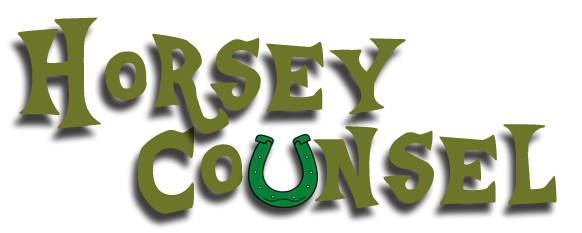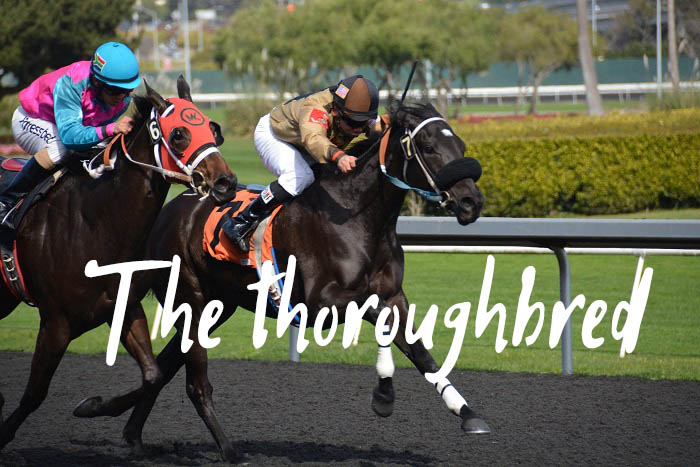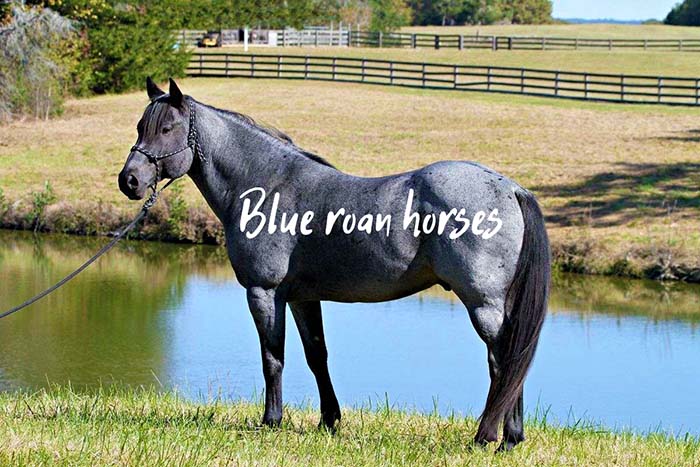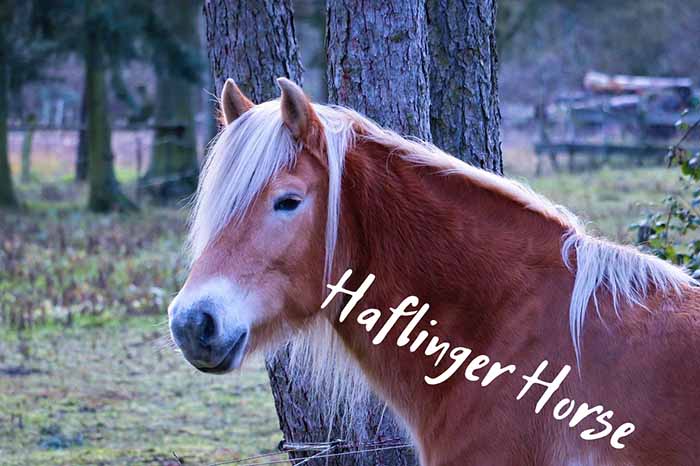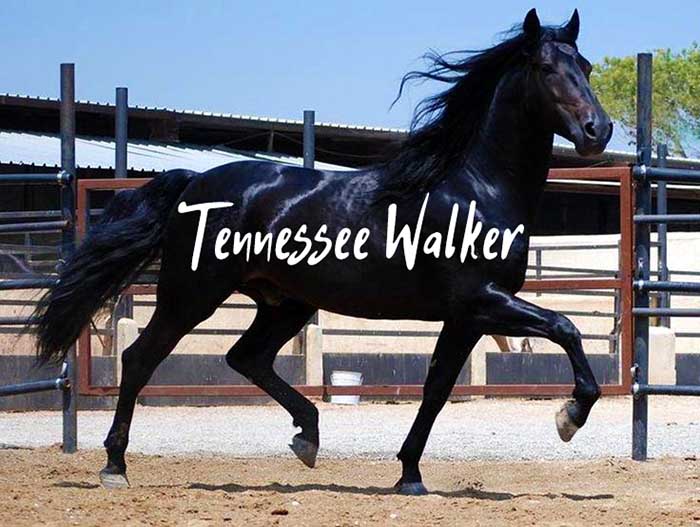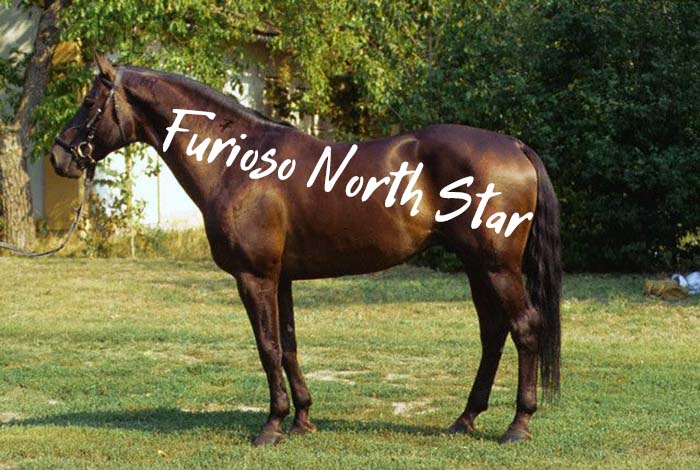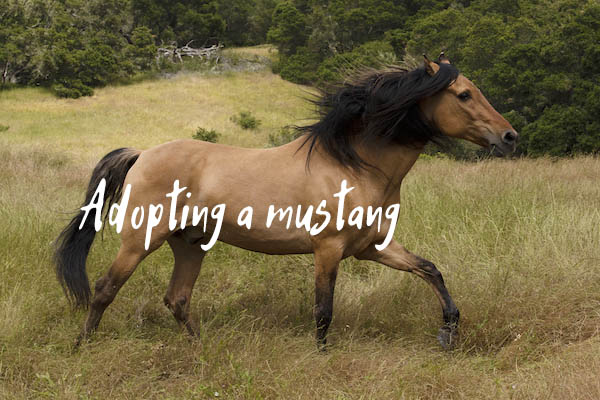What Are the Oldest Horse Breeds in the World?
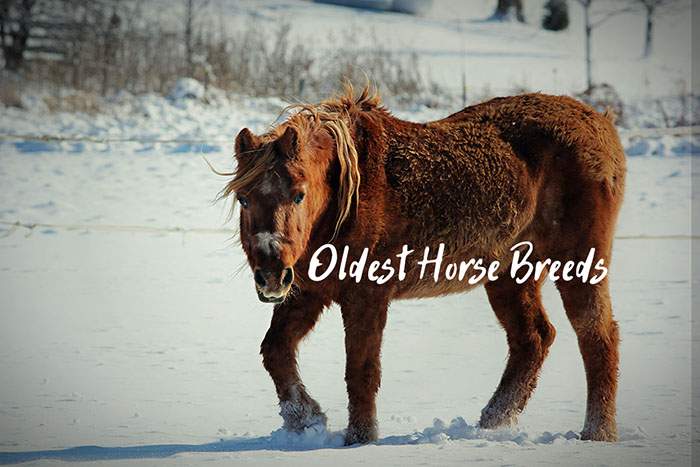
The world’s oldest horse breeds – history and unique features.
Horses have lived alongside humans since the early days of civilization, and I think it’s fair to say that they played a key role in helping us get to where we are today. While some horse breeds are relatively young and were introduced into the world by us through selective breeding, others are incredibly old and can trace their heritage back thousands of years.
That’s what I wanted to talk about today: the oldest horse breeds in the world. The ones that walked the earth in the Bronze Age and Iron Age. The horses that were around when the wheel was invented.
People like to crossbreed these animals in order to obtain new types of horses that are almost “designed” to excel at certain jobs. You could say that humans took control of the horse’s evolution throughout the millennia, at least on a certain level.
We know today that people domesticated horses for the first time around 6,000 years ago in the Eurasian Steppe, where modern-day Ukraine is now. Over the next thousands of years, we put horses to work and tried to create strong and fast breeds that suited our own requirements. A recent study conducted by Barbara Wallner, an evolutionary biologist at the University of Veterinary Medicine in Vienna, suggests that most modern horses come from just two ancient lineages: the Arabian and the now-extinct Turkoman.
The following horse breeds have survived the ages and are still around to this day. They honed their main traits over the years and are now perfectly adapted to pull heavy loads, run extremely fast, or jump over high obstacles.
Let’s have a look at some of the oldest horse breeds in the world.
The Icelandic Horse.
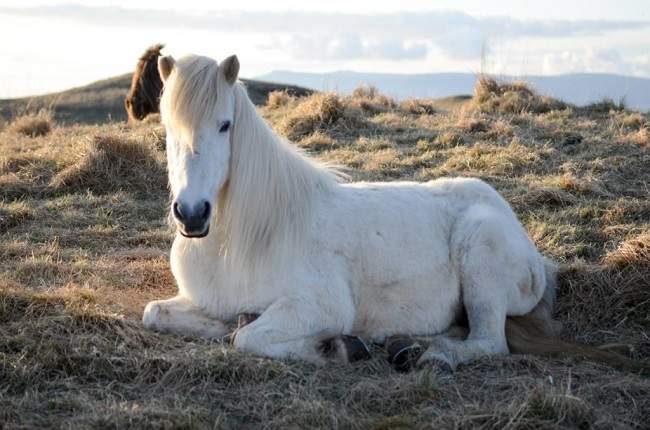
If you were looking for the absolute oldest horse breed in the world, this one has to be it. While relatively small, the Icelandic Horse is also the world’s oldest horse breed, as we can trace its lineage back in time for more than 10,000 years. To put things in perspective with a modern example, this horse breed was around when the Vikings were in their prime, and long before. They worked the fields, pulled heavy loads, and took part in important horse racing events.
Actually, the first official Icelandic horse race was held at Akureyri in 1874. Nowadays, similar horse races are still being held throughout the year from April until June. It’s important to note that the Icelandic horse has two extra gaits when compared to most horses, bringing its total number of gaits to six. The Icelandic is a hardy horse built for winter. It is very resilient to the cold, which is part of the reason why it has survived for so many years.
Farmers still use this horse to round up sheep in the highlands. As you can see, this is the most important horse in the country of Iceland, and also the best-preserved breed in the region, as crossbreeding is unlawful over there. Furthermore, Icelandic horses that leave the country are never allowed to return.
The Caspian Horse (Khazar Horse).
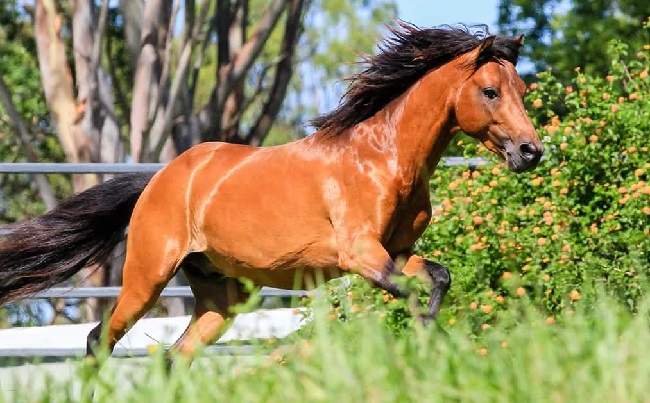
The Caspian Horse has an interesting history and an incredibly rich lineage. It is one of the oldest horse breeds in the world by a good measure, as records indicate its presence as far back as 3,000 BC. This breed has been frequently associated with royal figures, and it has been mythologized over the centuries. Even though it’s not a large horse, it impresses with its intelligence, bravery, and agility.
The Caspian was thought to be extinct in modern history up until 1965 when it was rediscovered by a horse breeder named Louise Firouz. Thanks to Louise’s efforts, the breed’s numbers have increased quite a bit for a while, especially until her death in 2008. However, shortly after the unfortunate event, the breed’s future has become uncertain. On a positive note, I have faith that this breed will still be around for many years to come, especially given its incredible jumping ability and general hardiness. These horses are very tough, and they are able to adapt to unfavorable conditions.
The Caspian horse usually measures between 9 hands and 12 hands in height, but it will never be considered a pony. This is thought to be the founding breed of the Arabian, which is also an incredibly old type of horse. The Caspian is originally from Iran, and it comes in a variety of solid colors.
One other thing that makes the Caspian stand out from other horse breeds is that it often has an extra tooth on each side of the upper molar. This is where most horses have a so-called wolf tooth.
The Arabian Horse.
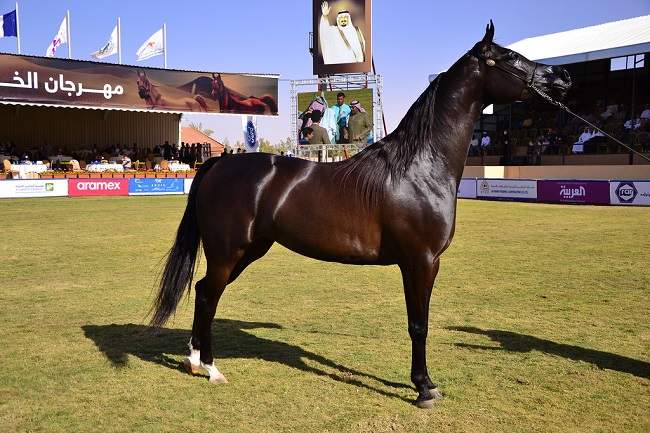
The Arabian is perhaps one of the most prestigious horse breeds in the world, but did you know that it’s also one of the oldest as well? The Arab horse is widely considered an ancient horse breed, as evidence of its existence dates back 4,500 years. As its name implies, the Arabian horse was developed in the Arabian peninsula.
It is an incredibly agile horse, albeit a relatively small one with average heights between 14.1 and 15.1 hands. It comes in bay, black, chestnut, or gray colors, and very rarely in a dominant white sabino colorway.
Some of the most noteworthy traits of the Arabian horse include its speed, elegance, and endurance. Furthermore, this is one of the most expensive horses in the world, as it often participates and performs admirably in endurance-type events. You will also see this horse taking part in various parades, circuses, and fairs.
Because the breed was developed in harsh desert conditions, its genetics include outstanding stamina and great health. Therefore, it should come as no surprise that the Arabian bloodline has influenced some of the most renowned modern horse breeds, including the Thoroughbred, Quarter Horse, Trakehner, and Orlov Trotter.
The Fjord Horse.
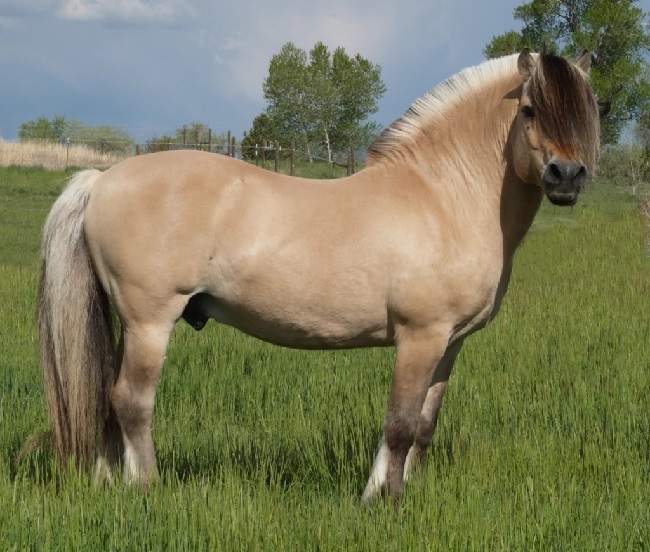
I’ve always thought the Fjord horse has a very unique look among other equines. It’s true that every horse breed has its own subtle differences, but the Fjord is just in a league of its own. This very old horse breed comes from the mountainous regions of western Norway. It is a relatively powerful horse, very good for farm work, and yet it is well-known for its gentle temperament.
What’s really interesting about the Fjord horse is that it always boasts some variation of the dun coat. There are five officially recognized shades of dun, but you will never see a pure Fjord as chestnut or brown. Apart from these five dun shades, however, there’s a special variation called Kvit, which is a light cream coat color complemented by blue eyes. Clearly, a rare Kvit Fjord horse would look incredibly beautiful.
When it comes to ancestry, experts believe that the descendants of the modern Fjord were domesticated in Norway about 4,000 years ago. Back in the days of the Vikings, this horse was used as a warhorse, and it was ridden into battle.
The Akhal-Teke.
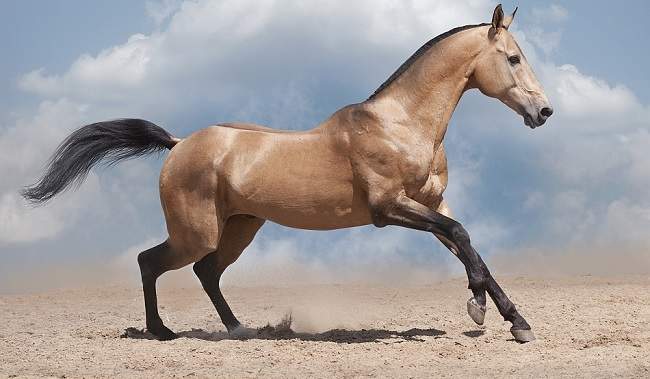
One of the most beautiful horses you’ll ever see in your life is the Akhal-Teke. Widely famous for its unique golden sheen, this horse breed has been around for thousands of years. Fortunately, there are still around 6,600 alive today, which means that the breed is not endangered.
The origins of this elegant horse go back to Turkmenistan, but many of these horses now live in Russia. It is believed that the Akhal-Teke is a direct descendant of the now-extinct Turkoman horse, but some believe that these are actually one and the same breed.
Back in the old days, the tribes of Turkmenistan selectively bred this horse and used it for various raids and warfare. Most notably, the Akhal-Teke was ridden into battle in a major fight against the Russian Empire, a fight that the horse’s riders have lost. After the battle, the country was absorbed by the Russians, as was the Akhal-Teke horse breed.
When it comes to height, most Akhal-Tekes are between 14.2 and 16 hands tall, which means that they’re not the largest horses in the world, but not necessarily small either. Apart from its unique metallic appearance, this horse is also widely famous for its endurance. In 1935, a group of Turkmen riders rode these horses for 4,000 kilometers (2,500 mi) from Ashgabat to Moscow in 84 days.
Przewalski’s Horse.
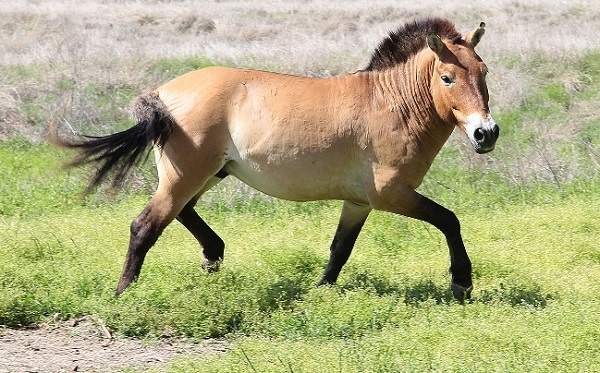
Przewalski’s horse is an interesting addition to this list, mainly because we’re talking about a horse whose taxonomic position is rather controversial. You see, some experts have classified Przewalski’s horse as a species, while others claim it is actually a subspecies of a wild horse or a feral variety of the domesticated horse. What’s undisputed is that this horse was once extinct in the wild, and it was very close to disappearing forever.
Fortunately, it has been reintroduced in Mongolia at the Khustain Nuruu National Park, Takhin Tal Nature Reserve, and Khomiin Tal. That doesn’t mean that it’s out of the woods just yet, because this horse is still listed as endangered.
The horse’s name is inspired by Russian geographer and explorer Nikołaj Przewalski, who first spotted it in the wild and wrote a detailed description of it in 1881. In regards to the horse’s heritage, DNA testing has revealed that this horse breed belongs to the same genetic lineage as horses from the Botai culture. Moreover, similar testing indicates that Przewalski’s horse and mainstream domestic horse breeds diverged between 38 to 72 thousand years ago.
Indeed, this is one of the absolute oldest horse breeds in the world, just not a domesticated one.
